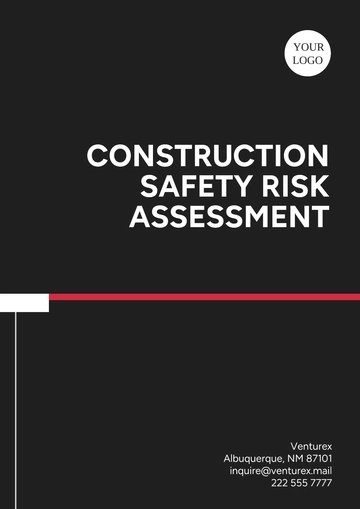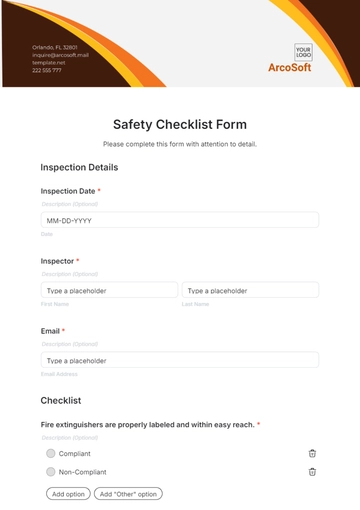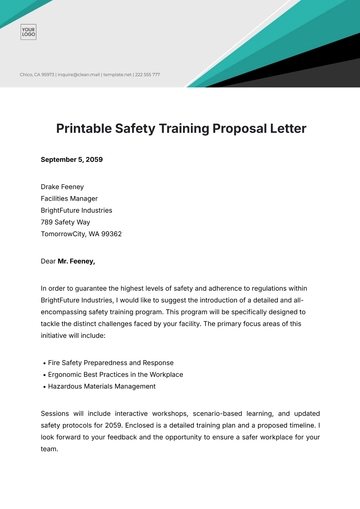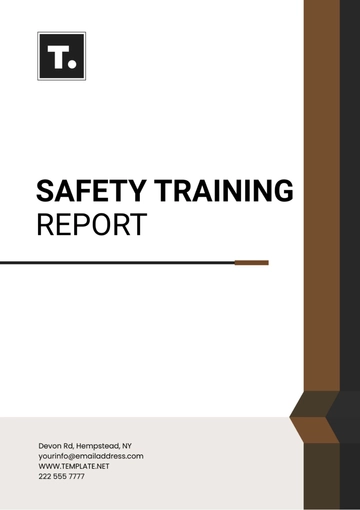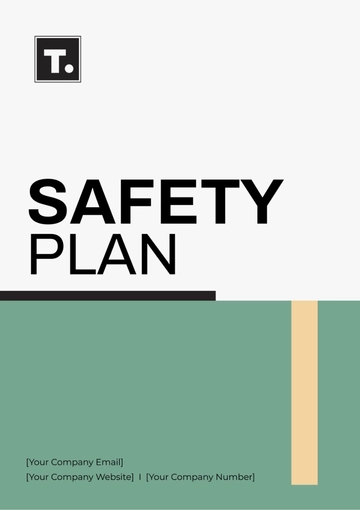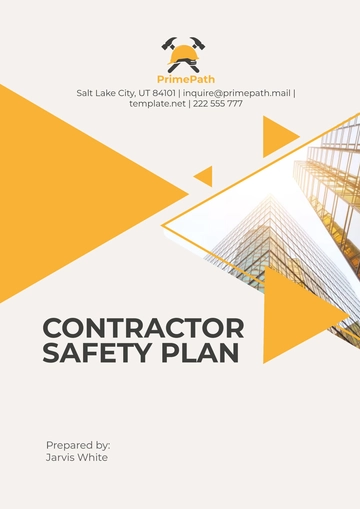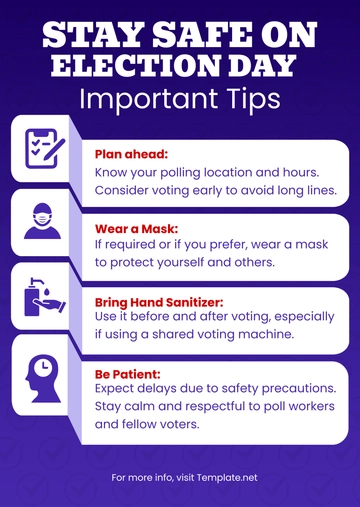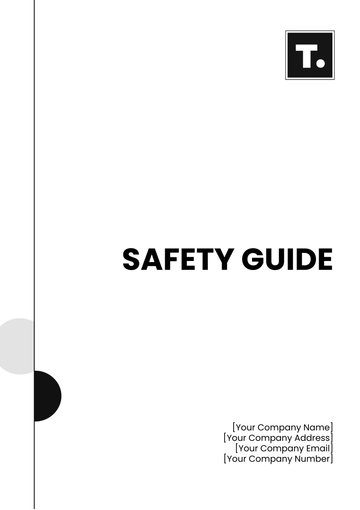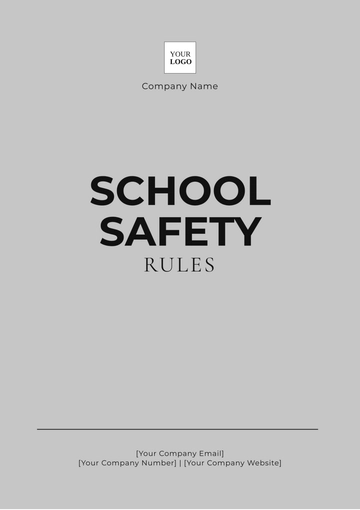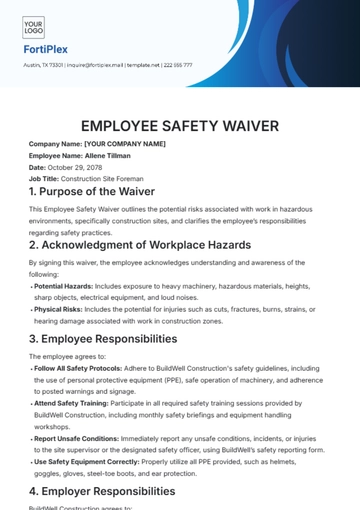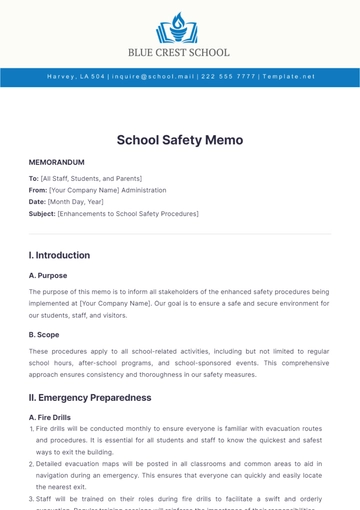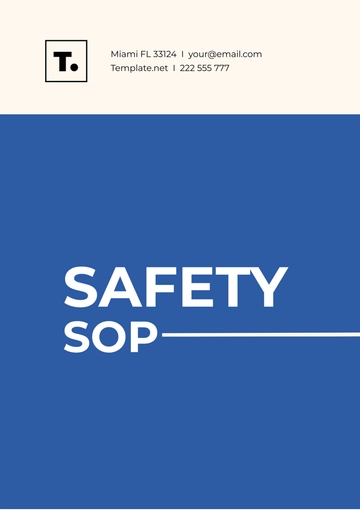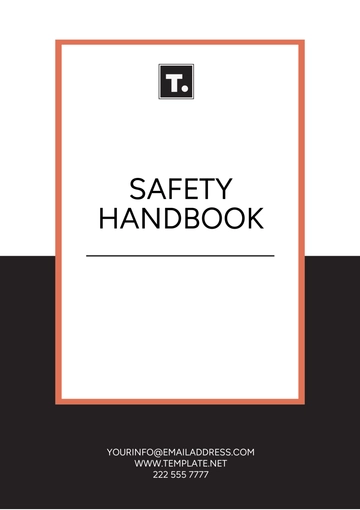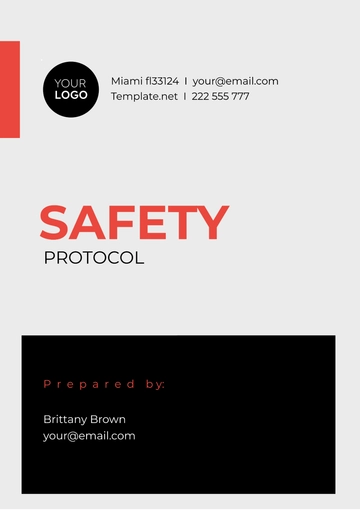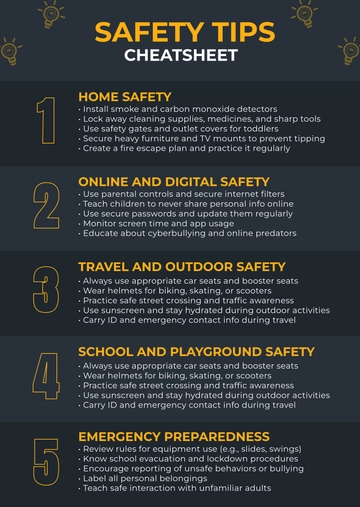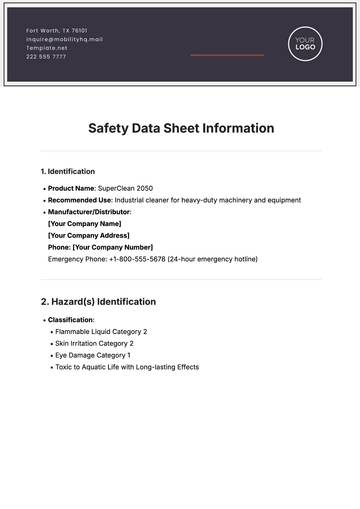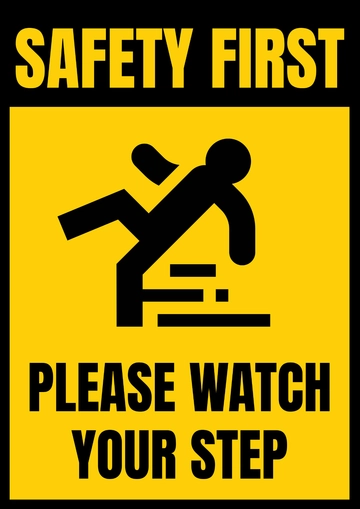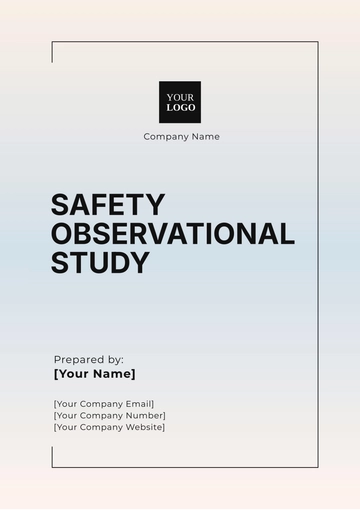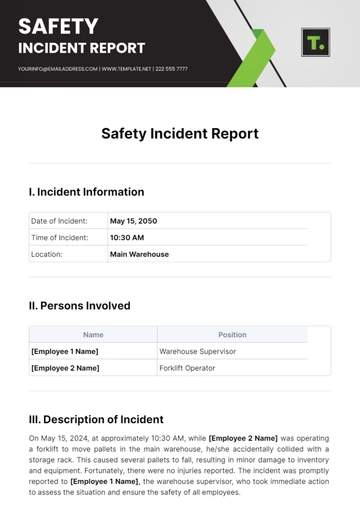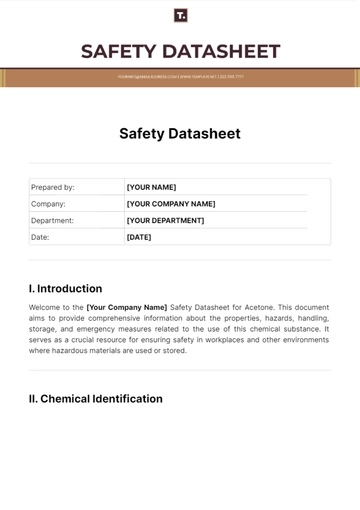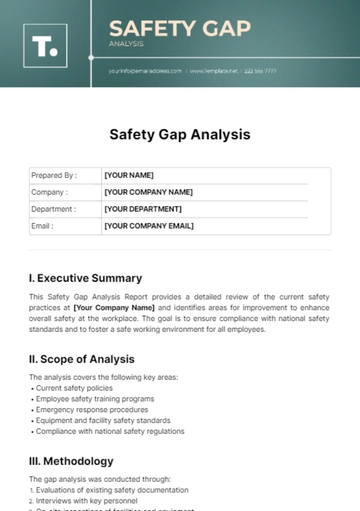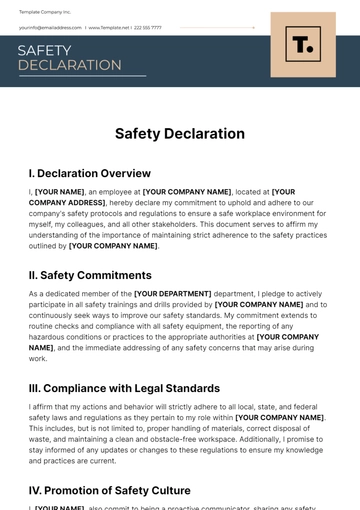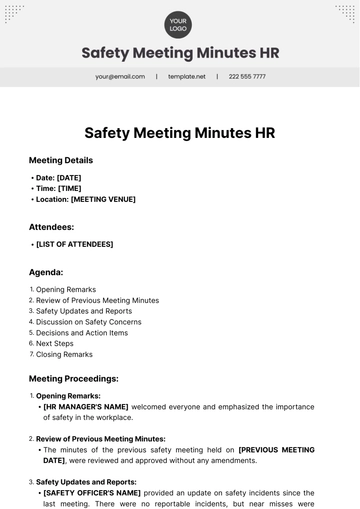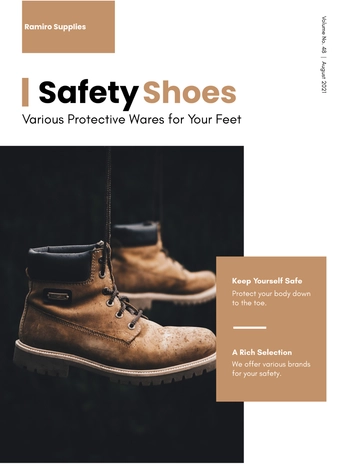Free Safety Protocol
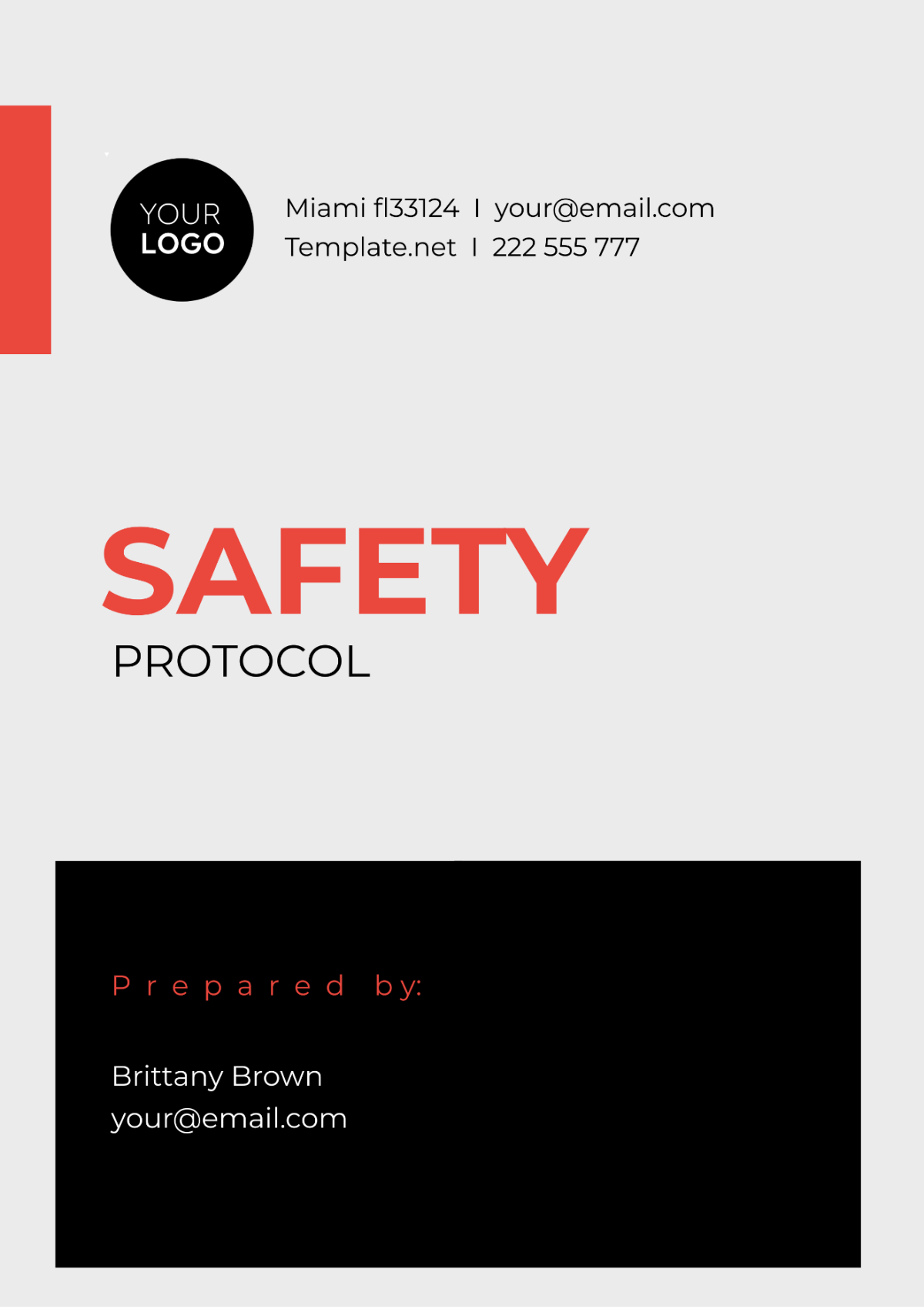
Name | [Your Name] |
|---|---|
Company | [Your Company Name] |
Department | [Your Department] |
Date | [Date] |
I. Introduction:
In any healthcare facility, emergencies can occur at any time, necessitating a swift and coordinated response to ensure the safety and well-being of patients, staff, and visitors. Therefore, this Emergency Response Protocol has been developed to outline the necessary procedures and guidelines to be followed in the event of an emergency.
II. Objective(s):
The primary objective of this protocol is to establish a standardized approach to emergency response that minimizes risks, prevents accidents, and ensures the safety of all individuals within the healthcare facility. Specific objectives include:
Prompt notification of relevant teams and personnel.
Efficient utilization of resources to mitigate the impact of emergencies.
Clear communication and coordination among staff members.
Compliance with regulatory requirements and best practices.
III. Protocol Overview:
This protocol delineates the steps to be taken in various emergency scenarios, including but not limited to medical emergencies, natural disasters, fire outbreaks, and security threats. It provides a framework for a timely and effective response by defining roles, responsibilities, and procedures.
IV. Materials and Equipment:
The following materials and equipment are essential for the implementation of this protocol:
Emergency response plan documents.
Communication devices such as phones, radios, or intercom systems.
First aid kits and medical supplies.
Evacuation maps and signage.
Fire extinguishers and firefighting equipment.
Emergency power sources such as generators.
Personal protective equipment (PPE) for staff members.
V. Methods/Procedure:
Notification: Immediately report the emergency to the designated authorities or emergency response team.
Assessment: Assess the nature and severity of the emergency to determine appropriate actions.
Activation: Activate the emergency response plan and initiate the necessary response procedures.
Communication: Maintain clear and constant communication among team members and relevant stakeholders.
Execution: Execute the designated tasks and procedures as outlined in the emergency response plan.
Evacuation: If necessary, initiate evacuation procedures following predetermined routes and assembly points.
Follow-up: After the emergency has been resolved, conduct debriefings and evaluations to identify areas for improvement.
VI. Safety Considerations:
Prioritize the safety of individuals above all other considerations.
Follow established protocols and procedures to minimize risks during emergency response activities.
Utilize personal protective equipment (PPE) as appropriate.
Maintain awareness of potential hazards and take necessary precautions.
Communicate effectively to ensure the safety of all team members.
VII. Expected Results:
Prompt and coordinated response to emergencies.
Minimized risks and injuries to individuals within the healthcare facility.
Compliance with regulatory requirements and best practices.
Efficient utilization of resources.
Enhanced safety culture within the organization.
VIII. Conclusion:
In conclusion, this Emergency Response Protocol provides a comprehensive framework for responding to various emergencies within the healthcare facility. By following the outlined procedures and guidelines, we can ensure the safety and well-being of all individuals involved and minimize the impact of emergencies on our operations.
- 100% Customizable, free editor
- Access 1 Million+ Templates, photo’s & graphics
- Download or share as a template
- Click and replace photos, graphics, text, backgrounds
- Resize, crop, AI write & more
- Access advanced editor
Enhance workplace safety effortlessly with the Safety Protocol Template from Template.net. This customizable, downloadable, and printable template offers comprehensive guidelines tailored to your business needs. Seamlessly editable in our AI Editor Tool, it empowers you to adapt protocols swiftly. Ensure a secure environment for your team while optimizing efficiency. Invest in safety today with Template.net versatile solution.
